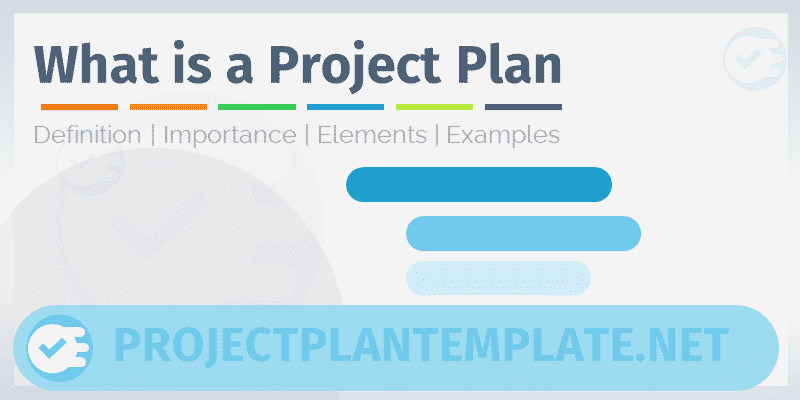A Gantt Chart is a highly effective project management tool that visually displays the progress of a project. It helps in organizing tasks, allocating resources, and tracking progress. The term ‘Gantt Schedule’ refers to the overall timeline or plan for a project, outlined using Gantt charts. In this blog post, we will dive into the details of Gantt Charts and Gantt Schedules, exploring their features and advantages in project management.
What is a Gantt Chart?
A Gantt Chart is a horizontal bar chart used to illustrate a project schedule. It was developed by Henry L. Gantt in the early 20th century, and it has since become an essential tool for project managers across various industries. Gantt Charts showcase tasks or activities along a timeline, indicating their start and end dates, dependencies, and progress.
Key Components of a Gantt Chart:
- Timeline: The horizontal axis represents the project’s time duration, divided into days, weeks, or months.
- Tasks: The vertical axis lists the tasks or activities involved in the project.
- Taskbars: Horizontal bars represent each task, with their length corresponding to the estimated time required for completion.
- Milestones: Significant events or achievements in the project are marked as milestones, often represented by a diamond shape.
- Dependencies: Arrows or lines connecting tasks indicate their relationship or dependencies, helping project managers understand the sequence of tasks.
What is a Gantt Schedule?
A Gantt Schedule is the comprehensive timeline for a project, outlined using Gantt Charts. It provides a visual representation of the entire project plan, including task durations, dependencies, and milestones. Project managers use Gantt Schedules to allocate resources, monitor progress, and make informed decisions throughout the project lifecycle.
Advantages of Gantt Charts and Gantt Schedules:
- Visual clarity: Gantt Charts provide a clear, visual representation of the project, making it easier for team members and stakeholders to understand the project scope, timeline, and dependencies.
- Improved communication: Gantt Charts facilitate effective communication among team members, ensuring everyone is on the same page regarding project expectations and progress.
- Time management: By displaying tasks and their durations, Gantt Charts enable better time management and resource allocation, helping teams meet project deadlines.
- Tracking progress: Gantt Charts allow project managers to track progress and make adjustments in real-time, ensuring that the project stays on schedule and within budget.
- Accountability: Gantt Charts promote accountability by clearly assigning tasks to team members, making it easier to track individual performance and contributions.
Gantt Charts and Gantt Schedules are powerful tools for project management, providing visual representations of the project’s timeline, tasks, and dependencies. They foster effective communication, time management, and accountability, ultimately contributing to successful project completion. By mastering Gantt Charts and Gantt Schedules, project managers can ensure better organization, planning, and execution of their projects.


